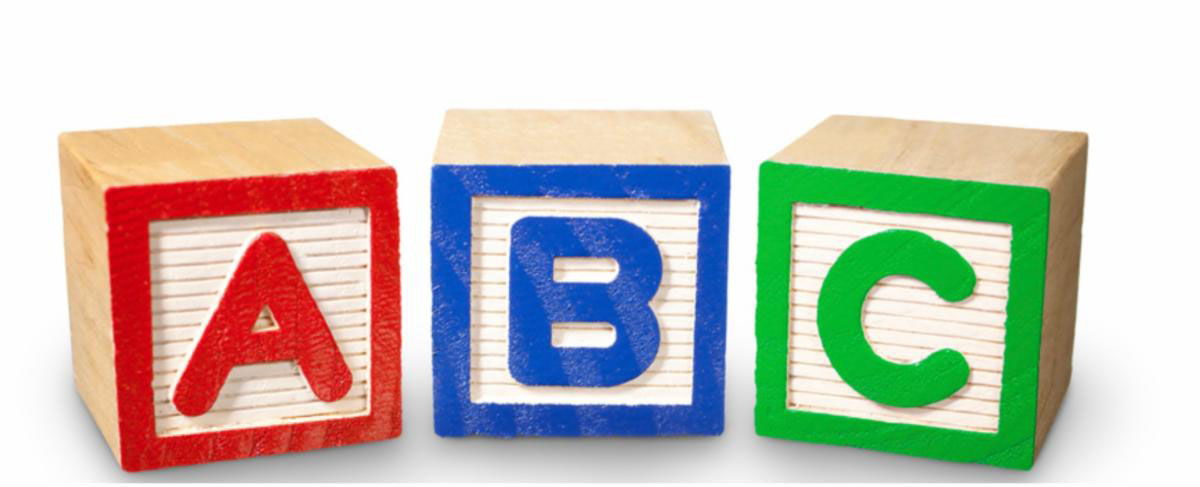When it comes to Jewish wedding customs, one could say everything old is new again.
According to numerous how-to-plan-your-Jewish-wedding Web sites, modern couples have resurrected tenaim (a 12th- century Ashkenazic tradition) and — after retrofitting the ritual — eagerly add the ceremony to their Big Day.
You’re invited to embrace this custom, too. But first, some backstory.
In European shtetls, tenaim (conditions) was a formal engagement ceremony at which parents of the girl and parents of the boy agreed to betroth their two children. During the celebration, a contract was signed, witnessed and read to the assemblage. This document set the date and time of the wedding — typically many months off — and outlined prenuptial obligations of each family regarding the dowry, a gift for the groom, plus other financial and logistical matters.
The contract included a proviso that the party who breaks the agreement before the wedding (p’tui, p’tui) must pay a stiff fine to the injured party. To seal the bargain, the future mothers-in-law smashed a dish. Some authorities say this symbolizes the impending breaks in their relationships with their children while recognizing that a new family is created — a family with lives of their own who now are responsible for taking care of and feeding each other.
Although the tenaim document — unlike the ketubah — is not a Jewish legal requirement for marriage, the tenaim had clout. In fact, the 18th century leader of Lithuanian Jewry, Rabbi Elijah ben Solomon Zalman (aka the Vilna Gaon), maintained that breaking the obligations of the agreement — backing down on one’s word — is reprehensible, far worse than divorce.
The Gaon also weighed in on tenaim plates and demanded they be ceramic, since “just as a ceramic plate cannot be repaired, so the families should be warned not to renege on their commitments.” (Word has it that unmarried women will trample over one another for a piece of the broken crockery, because it’s considered a talisman that leads to romance and chuppah. Could be….)
While modern tenaim ceremonies are based on the old model, today’s couples usually shift the focus from traditional legal formalities to personal conditions and concerns — both current and future — that express their love, trust, shared values and commitment to the covenant of marriage.
These conditions often include:
- To create a Jewish home where Shabbat and holidays are celebrated, and where Jewish tradition is part of everyday life.
- To create an open home where family, friends, community and strangers feel welcome.
- To undertake tikkun olam (repair of the world), support social justice and give tzedakah (philanthropy) regularly.
- To affirm the importance of diversity and equality in their community and in the world.
- To work together as equal partners through life’s challenges.
- To listen. To empathize with each other.
- To support each other in their careers, while making time together their top priority.
- To share financial and home responsibilities fairly.
- To, God willing, be blessed with children and to raise them in a home filled with love for one another, dedication to Judaism and commitment to inclusiveness.
Some couples still plan tenaim as an anticipatory celebration well in advance of the nuptials. Others choose the weekend of the wedding, often at Havdalah, since the separation made between Shabbat and the rest of the week can also mark the distinction between “single” and “married.” Many brides and grooms schedule tenaim on the wedding day itself, an hour or so before the actual marriage ceremony. Any option works.
Clearly, modern tenaim celebrations can be original — even improvisational — while still including meaningful family traditions that link past, present and future. Additional proof that with Jewish wedding customs, what goes around comes around — in more ways than just circling the groom.
Ozzie Nogg is a freelance writer who takes a slightly offbeat look at the history and observance of Jewish holidays, festivals and life-cycle events. Her Web site is www.rabbisdaughter.com.





















 More news and opinions than at a Shabbat dinner, right in your inbox.
More news and opinions than at a Shabbat dinner, right in your inbox.